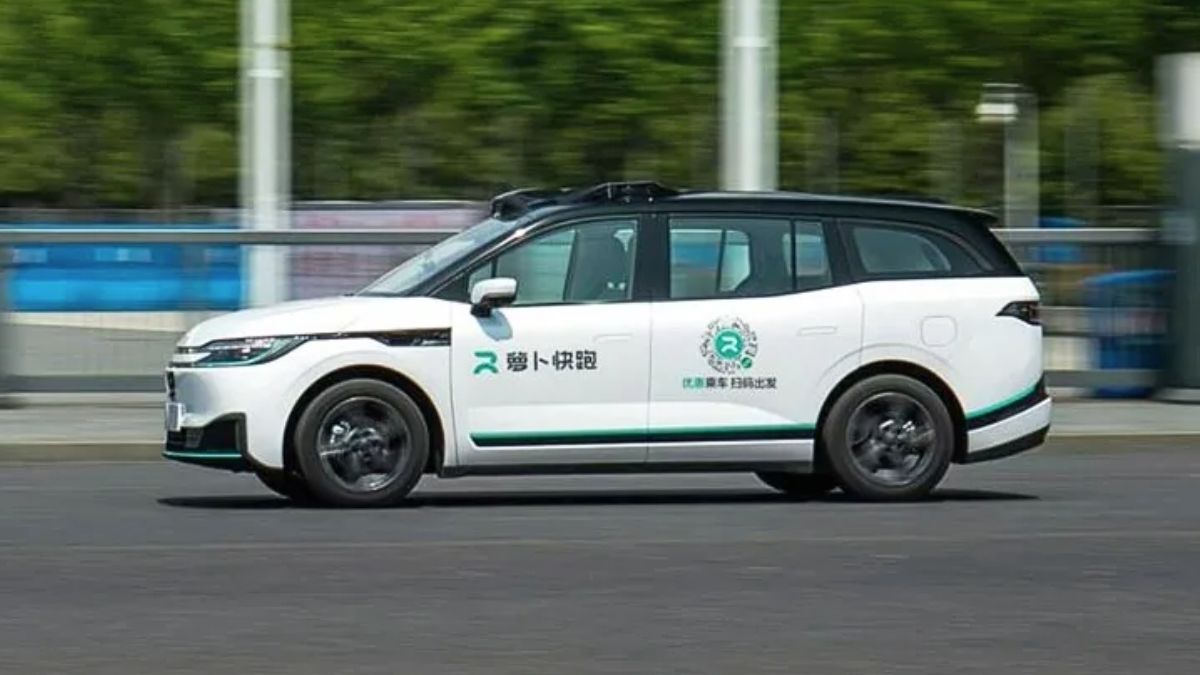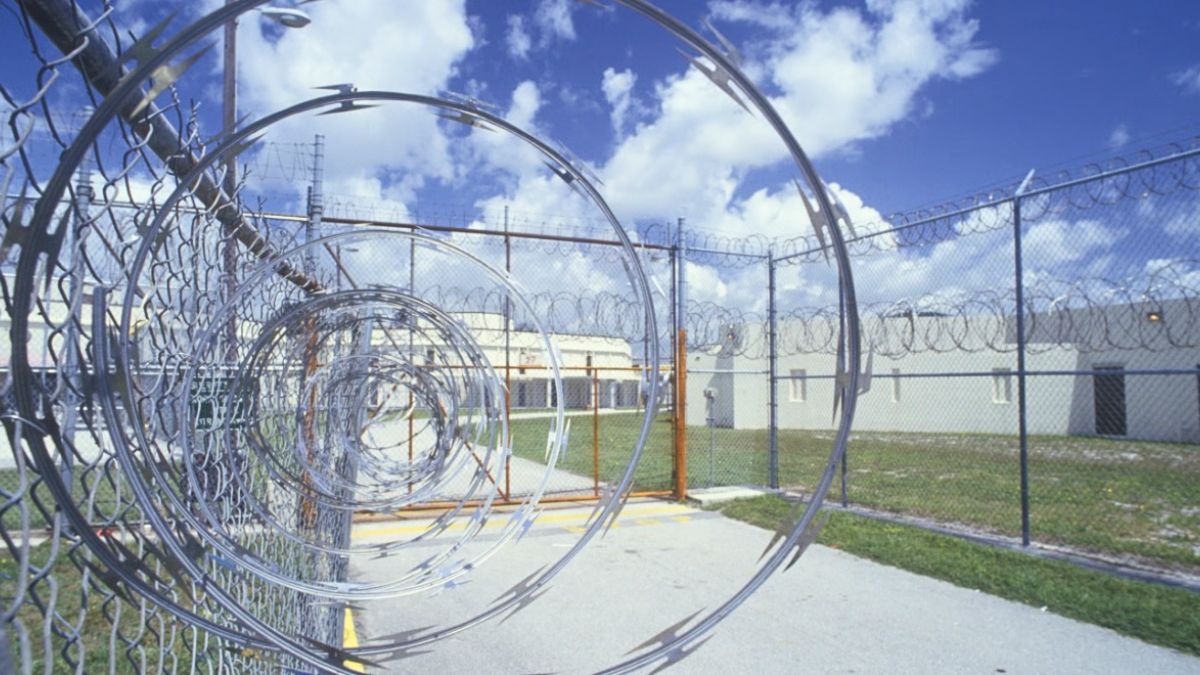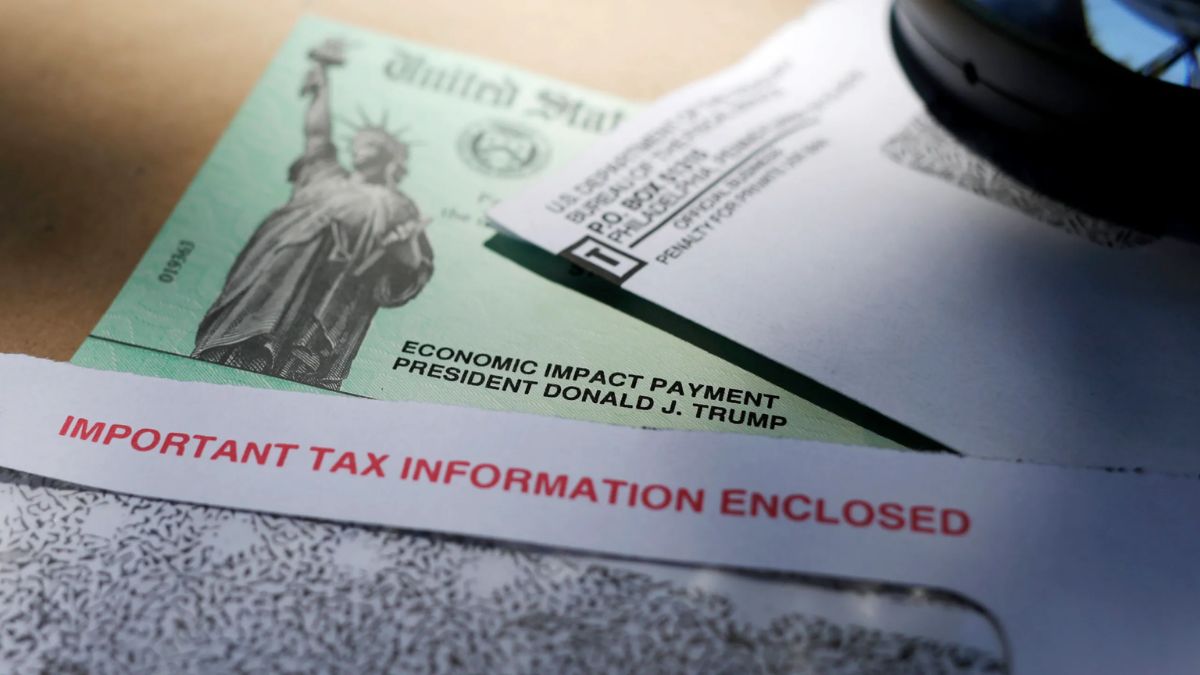Uber is stepping deeper into the world of autonomous vehicles, and this time, they’re teaming up with Baidu—a major Chinese tech company—to make it happen. Together, they’re planning to roll out robo-taxis in countries across Asia and the Middle East. These driverless cars, called Apollo, could soon be picking up passengers in cities like Dubai and Abu Dhabi. Sounds futuristic? It’s happening faster than you might think.
Robo-taxi
So what exactly is a robo-taxi? It’s a taxi without a driver. Instead of a human behind the wheel, the car uses cameras, radar, sensors, and smart computer systems to drive itself. These vehicles follow traffic laws, avoid obstacles, and can take you to your destination completely on their own.
Uber wants to put thousands of these driverless taxis on the road through its partnership with Baidu. That way, users could request a ride through the Uber app and get picked up by a self-driving car.
Launch
Where will this service begin? Interestingly, not in the U.S. or China—two of the biggest markets for both Uber and Baidu. Instead, the rollout is expected to start in the Middle East and parts of Asia, with Dubai and Abu Dhabi being the top candidates.
Why those cities? Because Baidu already has some Apollo cars running in those locations, so they’re familiar with the local regulations and road setups.
Regions
Not all countries in Asia and the Middle East will see these cars right away. In countries like Singapore, Indonesia, Malaysia, the Philippines, Vietnam, and Thailand, Uber has a smaller presence. That’s because Grab—a Southeast Asian ride-hailing giant—outcompeted Uber years ago, leading Uber to exit those markets. While Uber still owns a stake in Grab, it doesn’t operate directly in those regions anymore.
So, don’t expect robo-taxis to pop up in those countries just yet.
Apollo
The star of this partnership is the Apollo vehicle from Baidu. The Apollo robo-taxi first appeared in 2021 and has already been deployed in 11 Chinese cities. However, its operation is currently limited to specific areas known as geo-fenced zones. These are safer, controlled regions where the car can function without unexpected hazards.
Apollo is designed to be affordable and efficient, which brings us to a surprising point—the cost.
Price
One of the reasons this partnership could succeed is the lower cost of Baidu’s Apollo vehicles. Each car costs around $37,000 to make. That’s incredibly low compared to other self-driving cars that can cost over $200,000.
Here’s a quick comparison:
| Vehicle Type | Estimated Cost |
|---|---|
| Baidu Apollo Robo-taxi | $37,000 |
| Other autonomous taxis | $100,000–$200,000+ |
This lower price makes it more realistic to put many cars on the road and test large-scale operations.
Profits
Still, there’s a catch. According to Uber CEO Dara Khosrowshahi, robo-taxis aren’t profitable yet. Operating costs are high, and the technology still needs refining. That’s why Uber isn’t planning to fully replace human drivers anytime soon.
Instead, they plan to use autonomous cars for regular rides during quiet hours, while keeping human drivers for busy times like weekends and rush hour. It’s a mixed system that blends human experience with machine efficiency.
Future
The partnership between Uber and Baidu could shape the next phase of transportation. Imagine stepping into a car with no driver, just a screen asking where you want to go. It might sound like science fiction, but in places like Dubai, it could be reality very soon.
Will robo-taxis become the new normal? Or will they remain a cool idea with limited use? That’s something only time will tell—but one thing’s for sure: Uber isn’t waiting around.
FAQs
What is a robo-taxi?
A self-driving car that works like a taxi with no human driver.
Where will Apollo robo-taxis launch first?
Likely in Dubai and Abu Dhabi, not the U.S. or China.
What company is Uber partnering with?
Uber is working with Baidu, a Chinese tech giant.
How much does an Apollo robo-taxi cost?
Around $37,000 per vehicle, much cheaper than others.
Will human drivers be replaced?
Not yet—Uber will still use human drivers during busy times.
























